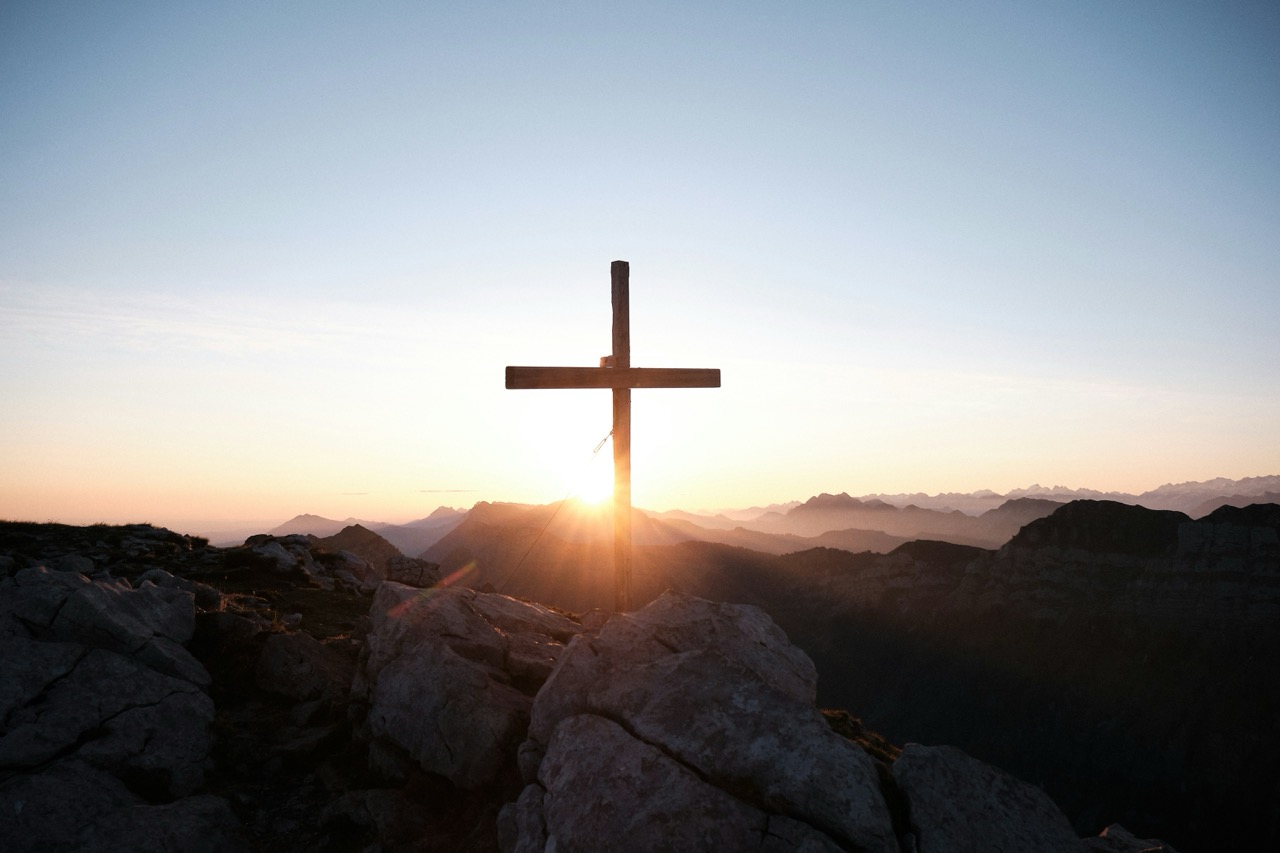Crucifixion of Christ: The Promised Lamb Who Broke the Curse
Crucifixion of Christ: The Promised Lamb Who Broke the Curse
Crucifixion of Christ
Perhaps the culmination of the Bible is centered on the historical event of the crucifixion and resurrection of Jesus. Many of us recognize the importance of the crucifixion of Jesus on the cross. But, do we understand the smaller details that make the crucifixion all the more grieving, yet comforting? Through prophecies, parallels, and providence, we can understand just how promising and powerful the crucifixion of Jesus is.
Christ-Centered
There are many passages in the Old Testament that prophesy and point to the death of our Lord. Genesis 3:15 demonstrates that the seed from the woman will crush the head of the serpent but have his heel bruised in the process, signifying his death on the cross. Perhaps the most well-known prophecy is found in Isaiah 52-53 that shows Jesus “was pierced for our transgressions; he was crushed for our iniquities” (Isaiah 53:5, ESV). In relation to him being pierced, one prophecy I would like us to focus on a verse from Zechariah. It reads, “On that day there shall be a fountain opened for the house of David and the inhabitants of Jerusalem, to cleanse them from sin and uncleanness” (Zechariah 13:1). Why is this significant? Because John tells us, “But one of the soldiers pierced his side with a spear, and at once there came out blood and water” (John 19:34). The fountain has been opened up. Out of Jesus’ side came blood and water. The blood of Jesus has atoned for our sins and the water has cleansed us and given us new life.
What is also significant about the death of Jesus is the fact that his legs were not broken. John also tells us, “But when they came to Jesus and saw that he was already dead, they did not break his legs” (John 19:33). When the Israelites were in captivity in Egypt, they were to kill a spotless lamb and put the blood on the doorpost (Exodus 12:21-23). This lamb would be known as the Passover lamb. What is significant about the Passover lamb is that it was not to have any of its bones broken (Exodus 12:46). Sound familiar? Perhaps what is even more significant is what was going on in Jerusalem at that time. It was the week of Passover. In fact, during the time of the death of Jesus, the Passover lambs were being slaughtered in the temple. These glorious truths show that Jesus is the ultimate Passover lamb whose side was pierced to atone for our sins and cleanse us.
Salvation-Centered
Obviously, the crucifixion itself testifies of the salvation that we find in Christ. But, do we recognize the details that make the taste of salvation even sweeter? First, the cross of our Lord and Savior reversed the curse of Eden. Sin was brought into the world through the disobedience of Adam and Eve at a tree known as the tree of knowledge of good and evil. However, salvation was purchased through the obedience of Christ on a tree. Paul tells us in Galatians, “Christ redeemed us from the curse of the law by becoming a curse for us—for it is written, ‘Cursed is everyone who is hanged on a tree’” (Galatians 3:13). Peter tells us, “He himself bore our sins in his body on the tree, that we might die to sin and live to righteousness. By his wounds you have been healed” (1 Peter 2:24).
Second, Jesus Christ, the second Adam, did what the first Adam could not. “18 Therefore, as one trespass led to condemnation for all men, so one act of righteousness leads to justification and life for all men. 19 For as by the one man's disobedience the many were made sinners, so by the one man's obedience the many will be made righteous” (Romans 5:18-19). What is this one act of righteousness? The death of Jesus, the righteous one, in our place. Because of what he has accomplished on the cross, we can be made righteous as we now have access to God through the atoning work of Christ. How do we know this? Because the curtain has been torn! In Matthew 27, it says “behold, the curtain of the temple was torn in two, from top to bottom” (Matthew 27:51). Notice how the curtain has been torn, from top to bottom. This is significant because it means that God tore the curtain! In other words, God removed the barrier between Himself and man through the crucifixion of Jesus.
The curse has been broken. As Adam and Eve had a perfect relationship with God in the beginning where they walked with God, their sin of eating from the forbidden tree had kicked them out of the Garden of Eden and there has been a barrier between God and man ever since. However, Jesus’ death on a tree as the Passover lamb where the fountain of his blood and water has opened up, atoning and cleansing, has torn the barrier between God and man.








































